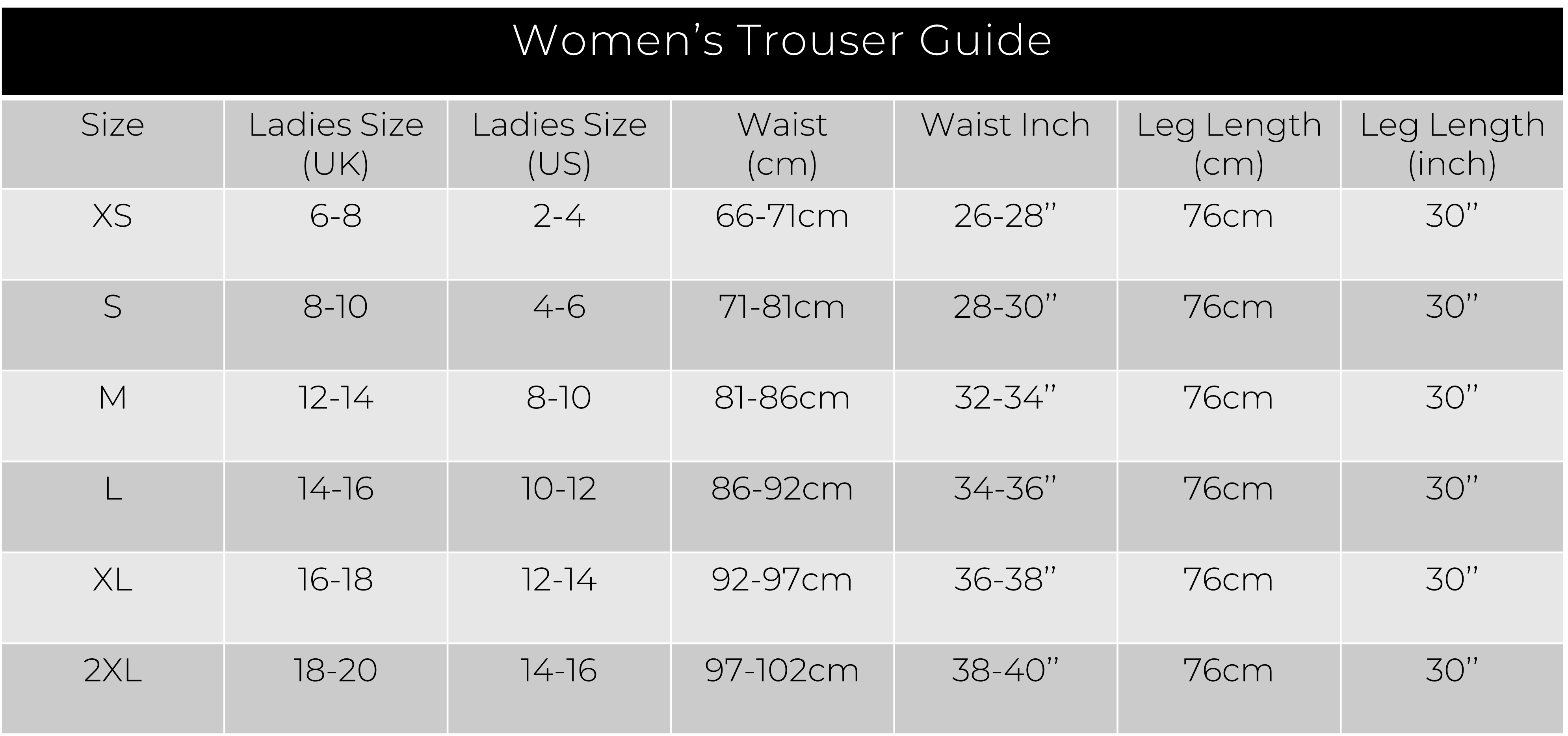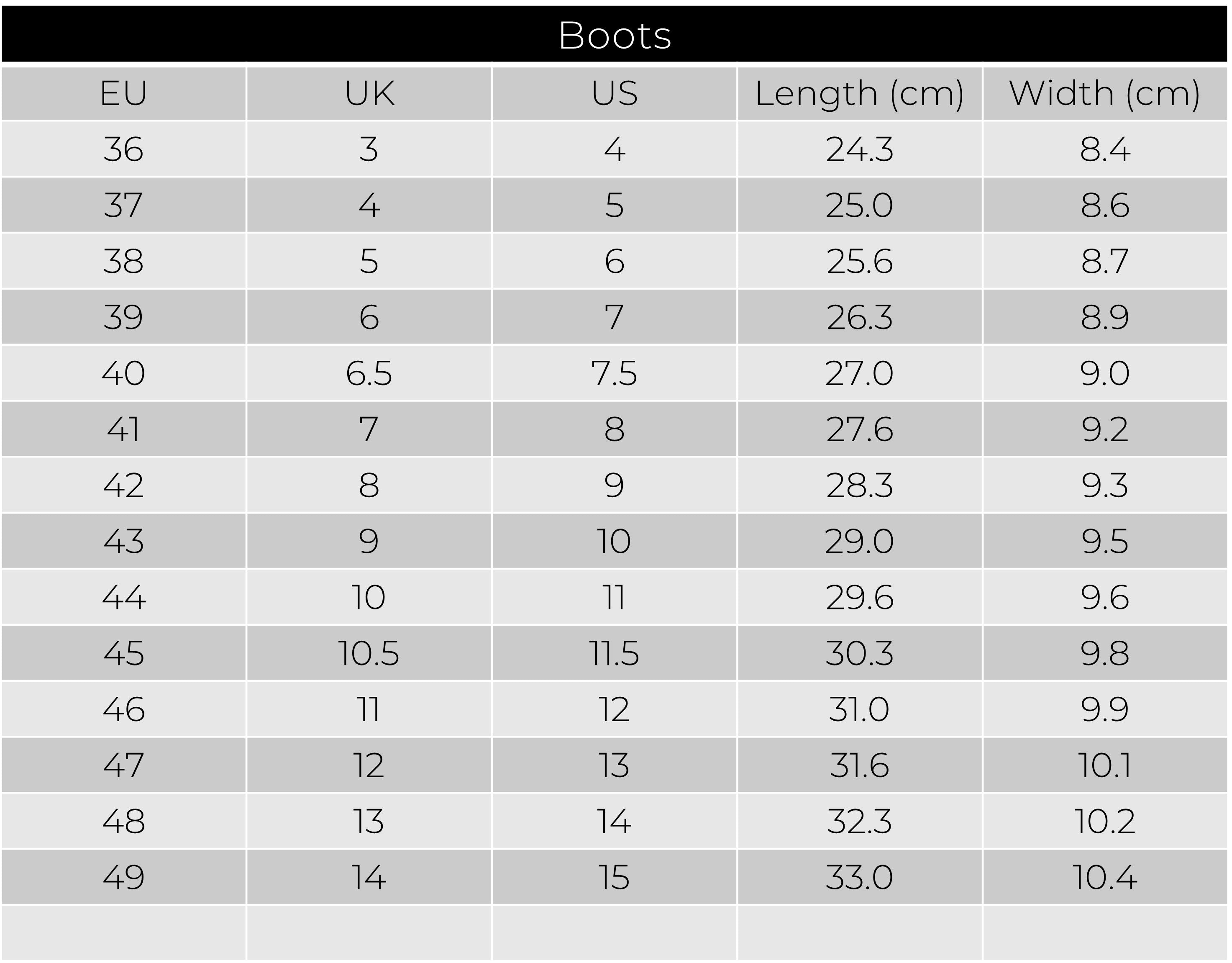Great looking, good permormance and protection.
Sexy, functional and damn comfortable! Good luck trying to find your size. They appear sold out of most sizes.
Working as an arborist since 2005. Had a lot of different pants. But never so comfortable ones! During the testing at home my wife mentioned: „…will you sleep in them? You wear them as if they were a pijama…“ One of these peaces that you put on - and forget the price. :-)
I ordered a pair of Arbortec Kayo Boots a few weeks ago. Delivery was quick and they are by far the best chainsaw boots I have owned. Will be getting them again next time!👍🏼
This rain jacket is very water proof, I’m talking water off a ducks back, but it isn’t as durable as I’d like to see from arbor wear. I am a climber and I’ve climbed and chipped brush with this jacket for a week and it’s kept me very dry but some of the seems are getting torn up and are fraying. Not what I want to see after a week of use.. this job is hard on clothing but when something is made specifically for this industry you want to see a little more bang for your buck. Especially for the price point. Never the less it’s better than other products out there. P.S I am apart of the NW JATC tree apprenticeship and was told there was a discount code that did not work, just wanted to share that for the next guy.

















